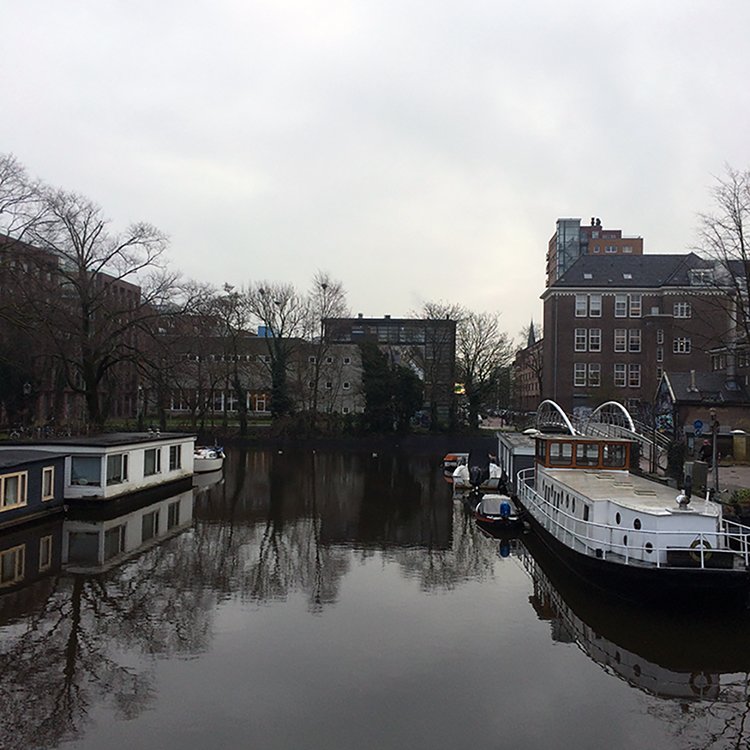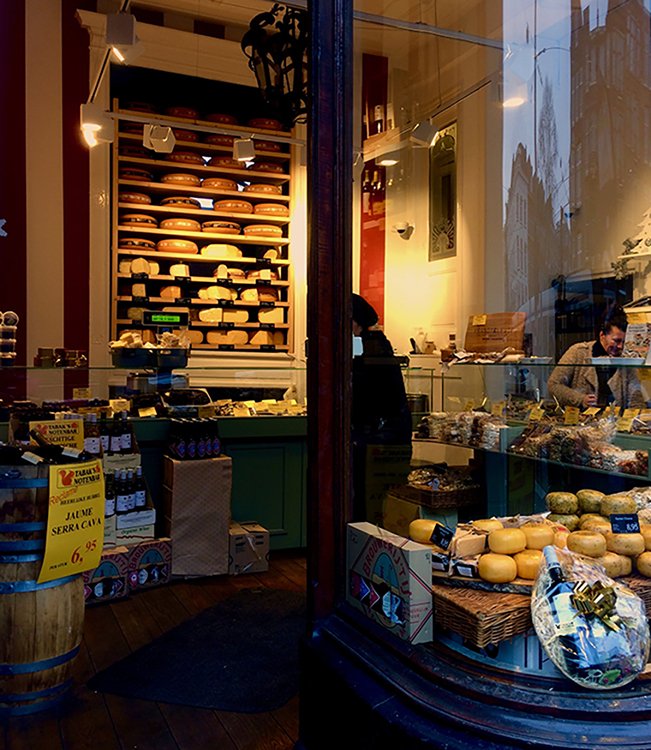Wheat Field With Crows :: 1890 – Oil on Canvas – 50.5 x 103cm :: Image – Van Gogh Museum, Amsterdam
Vincent Van Gogh created most of his work over a ten-year period — all that amazing work, including his stylistic transitions, within a single decade. Not to mention that many of his most famous paintings were created within his last year, like Starry Night. I don’t remember those facts from my art history classes in college, but I read it on a gallery didactic panel and in a gift shop catalog. I’ve been a fan since my parents bought me a book of his work for Christmas when I was in seventh grade. I don’t remember if they did because I’d mentioned him, or if they wanted to introduce me to his work. Either way, it was inspirational and shocking, not because it mentioned the story of his bandaged ear, or because of his emotional struggles, but because he painted wheat and wheat fields, wrote about wheat fields, and I understood wheat fields.
Almost forty-five years later just a week before Christmas, my wife and I left for the Van Gogh Museum from our rented apartment in Amsterdam. It was a cool, gray, drizzling day. We walked next to and over the canals which reminded me of the movie Hans Brinker and the Silver Skates. We saw dreamy Dutch architecture, thoughtful design, bread and cheese bathed in the honey light of deli storefronts, and bicyclists everywhere. I’d imagined visiting Amsterdam and the Van Gogh Museum for a long time, but I didn’t imagine that it would feel this good. It was off-season and the museum was still busy. Sometimes we’d need to take our turn to stand in front of certain works, like The Potato Eaters, Sunflowers, or Wheat Field With Crows. It’s hard to remember the full experience because I was overwhelmed. There’s a lot to absorb and process in the museum, including the texture of his paint, and which brush strokes are underneath, and which are on top.
Seeing his work in person, along with the other Impressionists whose paintings, drawings, and stories are also exhibited, placed all of it in context. We wandered through the museum for hours. In one of the final galleries, I came across a few of his paintings that felt like a series. All of them were landscapes and focused on wheat fields. I alternated between sitting on a bench in front of them and standing as close as I could get to inspect their surfaces as a guard would slowly appear to make certain I didn’t get any closer. While I stared, I remembered my unfinished painting currently sitting on my easel back home. It was a view of a wheat field through the moving curtains in a window. I got goosebumps and felt even more connected as I saw my wife slowly walk by Sunflowers that hung on a deep blue wall.
For Jeenee and Seeley
Songs :: Amsterdam by Mary Gauthier, Solo by Hanah, and Everything In It’s Right Place by Radiohead
© C. Davidson



